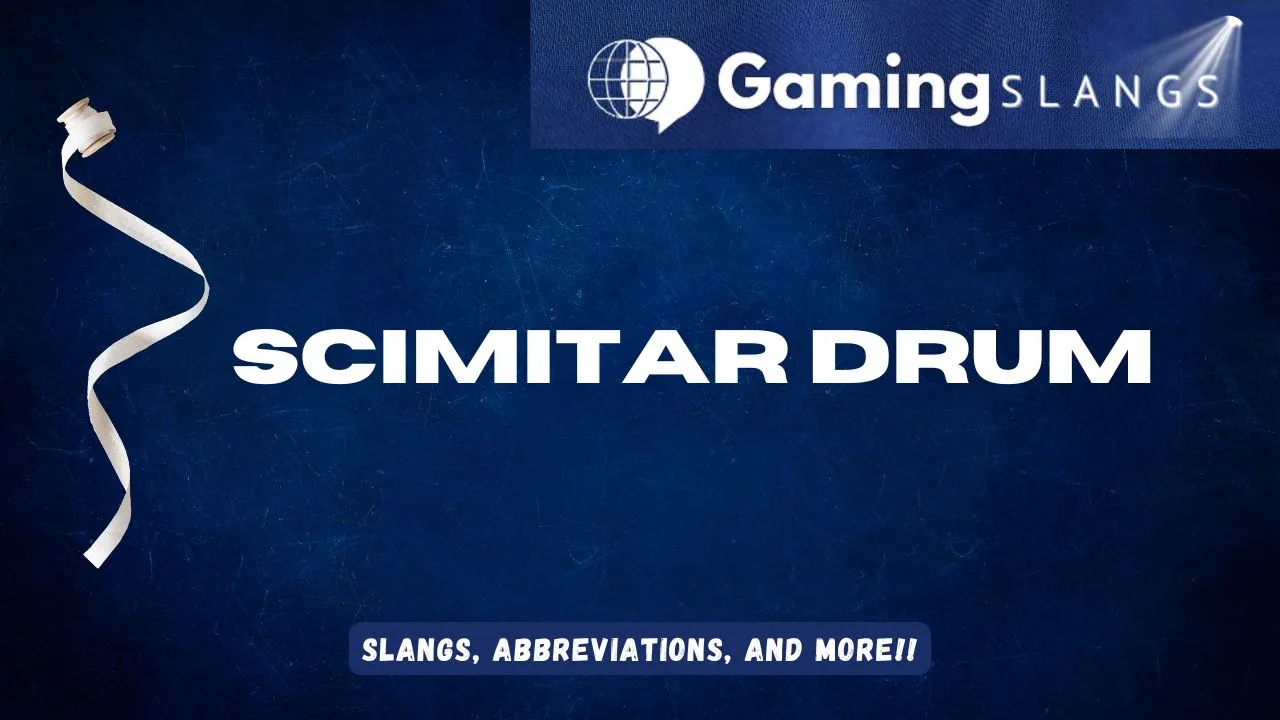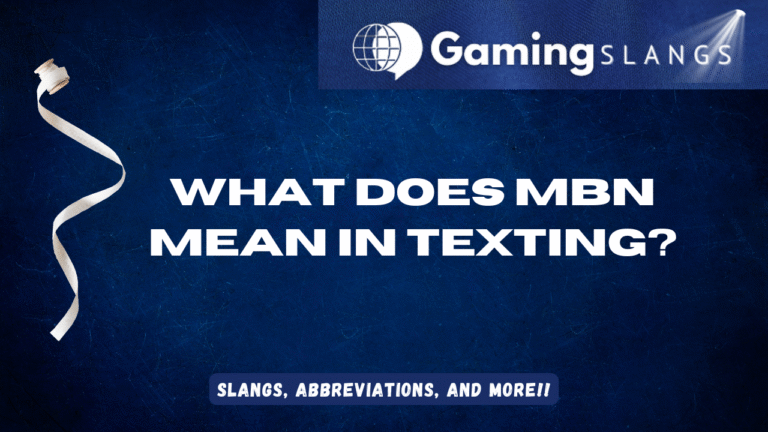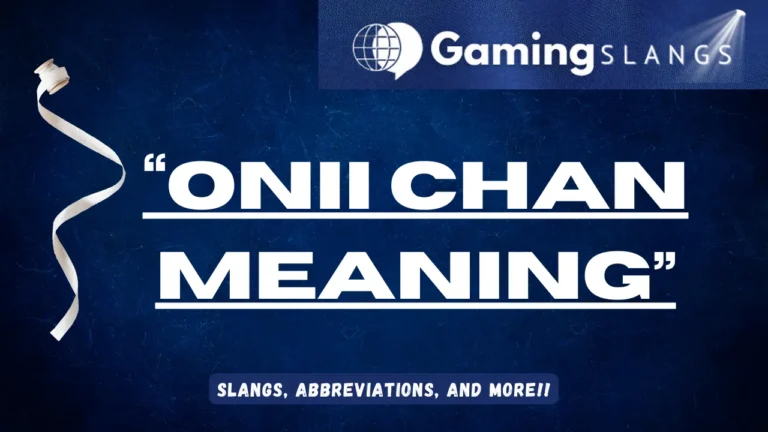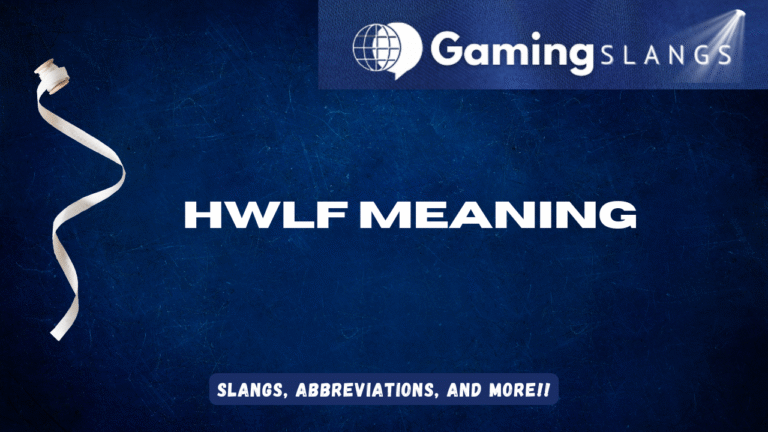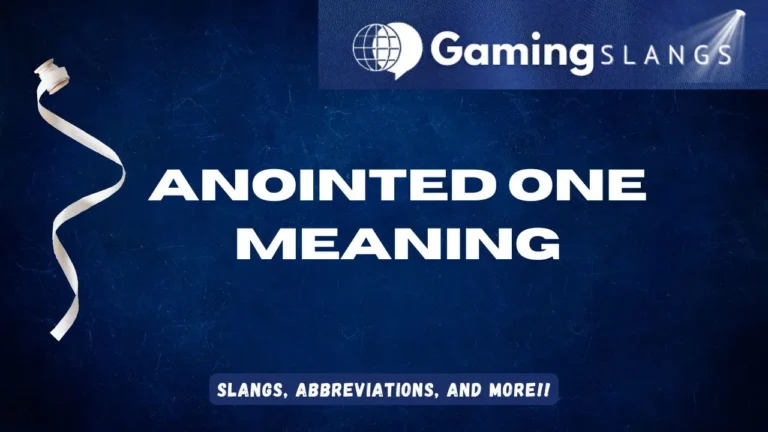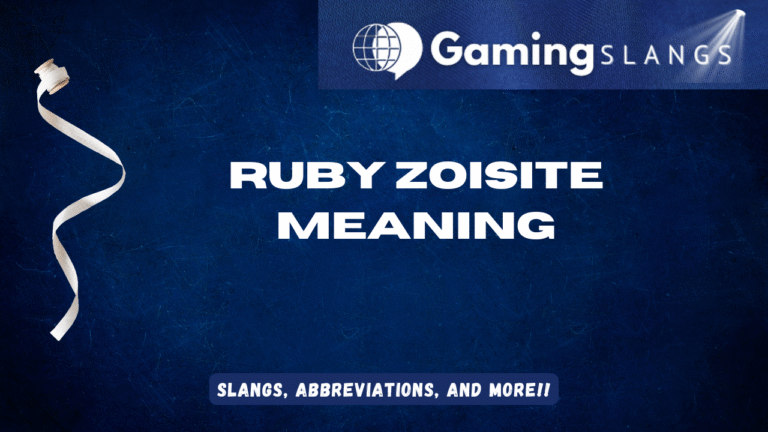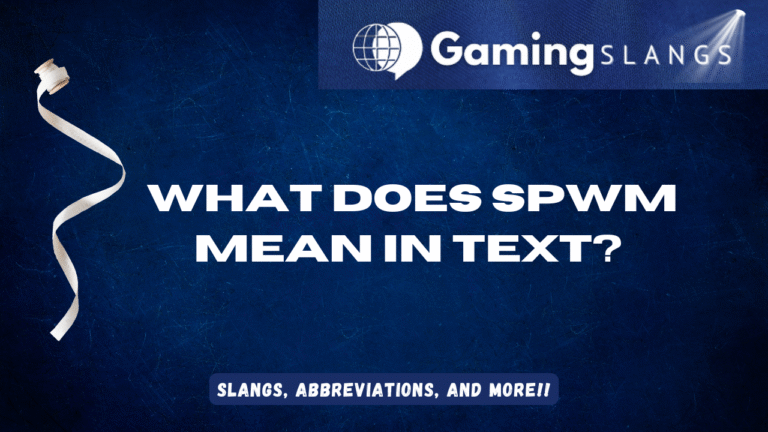The term “scimitar drum” refers to a type of musical percussion instrument characterized by its curved, scimitar-like shape. It is often used in cultural and theatrical performances for its unique appearance and tonal properties.
Origins of Scimitar Drum
The scimitar drum’s design draws inspiration from the iconic scimitar sword, historically associated with Middle Eastern and South Asian regions. It became popular in folk performances and artistic renditions of historical themes.
How to Use Scimitar Drum in a Sentence?
The term is typically used in discussions about musical instruments or performances. Examples:
- “The scimitar drum added a dramatic flair to the theatrical performance.”
(Referring to its role in enhancing a visual spectacle.) - “He demonstrated the rhythmic versatility of the scimitar drum during the workshop.”
(Used to describe a practical demonstration.) - “Crafted with intricate carvings, the scimitar drum is both a musical and artistic masterpiece.”
(Highlighting its dual function.) - “The scimitar drum’s unique shape makes it a favorite among collectors.”
(Referring to its appeal in the collector’s market.) - “Using the scimitar drum, they recreated sounds from ancient times.”
(Discussing its historical significance.)
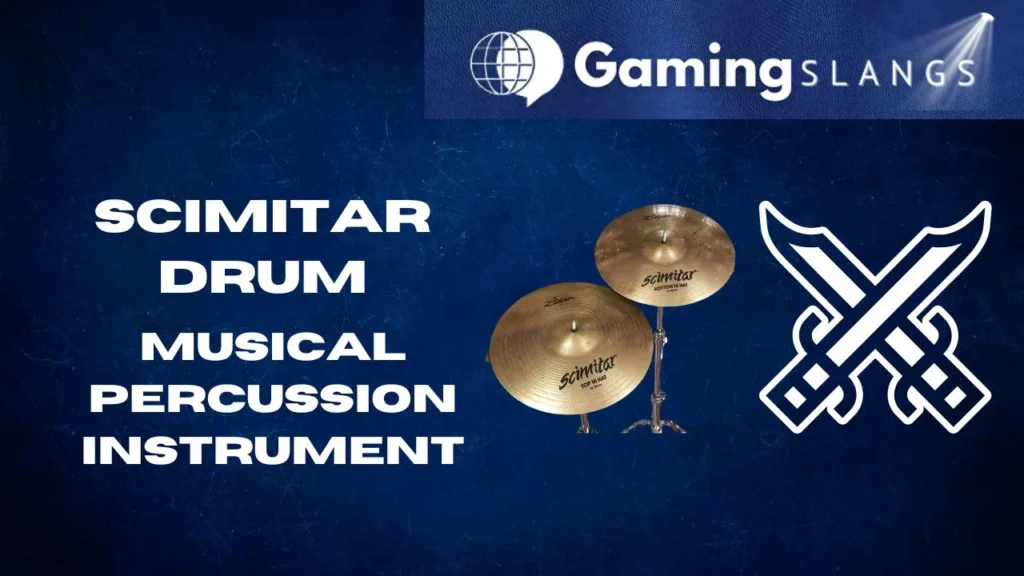
Pronunciation of Scimitar Drum
Scimitar Drum is Pronounced as: “sih-muh-tar drum.” Or:
Words Similar to Scimitar Drum
- Frame Drum: A basic percussion instrument with a circular frame and skin.
- Tabla: A pair of hand-played drums from India.
- Djembe: A rope-tuned skin-covered drum from West Africa.
- Doumbek: A goblet-shaped drum used in Middle Eastern music.
- Bodhrán: A traditional Irish frame drum.

